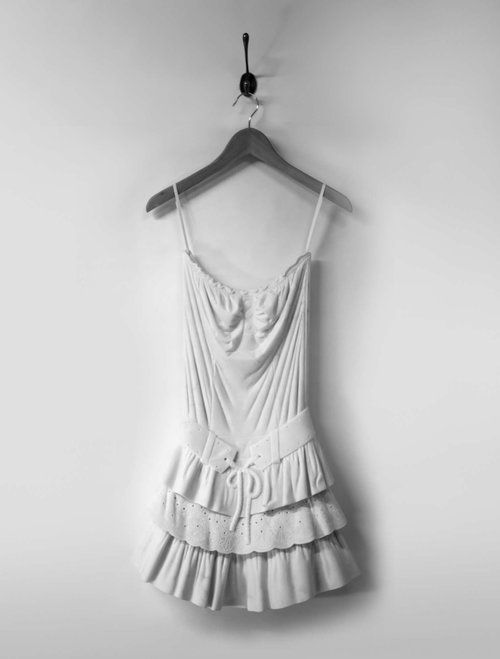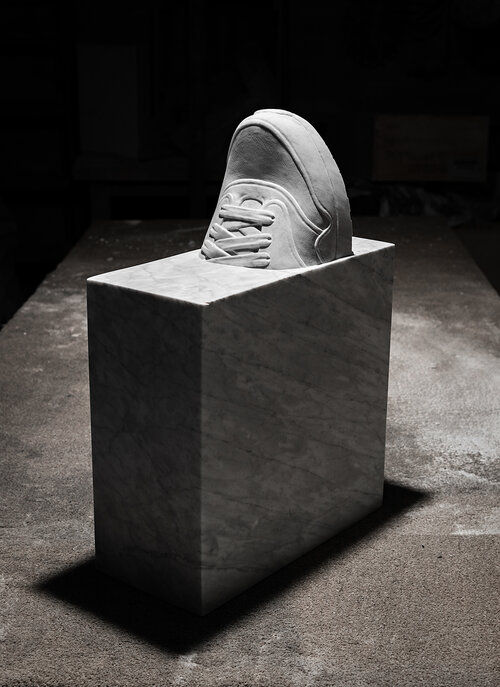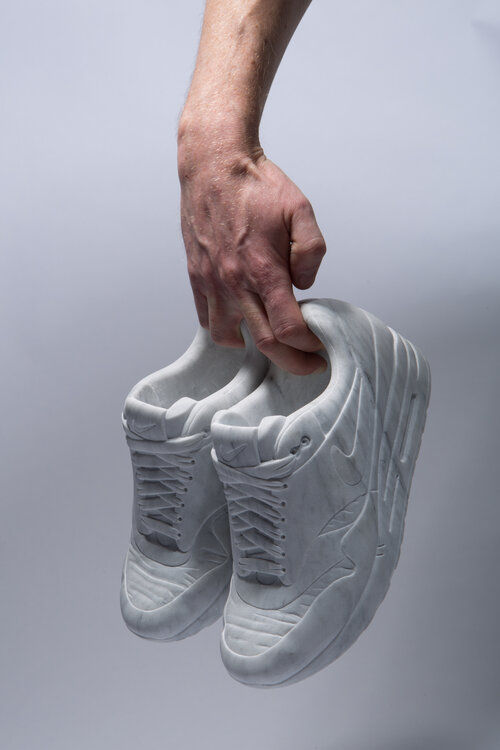Article by Camila da Paz | Source: Curbed Atlanta

Last week we made a delivery for a customer in Atlanta, GA and while up there, my colleagues stumbled upon an old granite quarry that helped built the city, but is now in the process of being transformed into a public park and water reservoir that will create 2.4 billion gallons of water to the city.
The area is located on the west side of Atlanta and is a place that most residents of the city say the geography reminds you of the Rockies that make up the western landscape of North America. The Bellwood Quarry was in operation for over 100 years.

For the majority of its existence the quarry has been used as a source of granite that were used in paving roads and sidewalks, as well as in some of the buildings in the city. Originally the quarry had a dual purpose, in addition to using the granite from the quarry, the county also used the quarry as a camp for prison labor.
A closer look at the prison labor system in Georgia and throughout the south reveals more than just a system of punishment for lawbreakers, but an extension of slavery and the racial tensions that dictated the politics of the south after The Civil War. After the prison labor system in the south was removed the quarry began to operate under the hands of private corporations. While the nation began to become more conscious, industrialization and environmental disasters created standardization for environmental inspections that the quarry and its owners had to conform to.

In more recent history the quarry has begun a new phase of use. As Atlanta’s industrial past has waned, the city has turned to new sources of economic growth. Atlanta has begun to market itself as a city friendly to the production of television and movies, such as The Walking Dead, Hunger Games, and Stranger Things. This in turn has made the Bellwood Quarry a popular spot for shooting both television and movie scenes. The city hopes that through the beltline revitalization project that people will be enticed to move back into that area of the city.

The rather enormous greenspace runs through Atlanta like nature’s circulatory system. Also, an unusual quarry-like elevation was incorporated into the park’s plans to provide views not only of the beautiful, active park, but of the city beyond as well. Playgrounds, sports fields, recreation trails, and facilities will be arranged on upper and lower meadows. The expansive water feature built into the park plan will double as a 2.5-billion-gallon reservoir, a month’s reserve supply of clean Atlanta drinking water, thanks to a five-mile-long tunnel that will extend from the Hemphill water treatment plant to the Chattahoochee River, through the quarry site.

After more than a decade of planning, the construction is underway for the Westside Park at Bellwood Quarry, a sprawling tract that will become the city’s largest park. The first phase of the 280-acre park is completed, but close to public at the moment due the pandemic. Once the Westside Park is complete, Atlanta will be home to over 400 parks.
And that is a great way to transform a city's history and natural resources!














